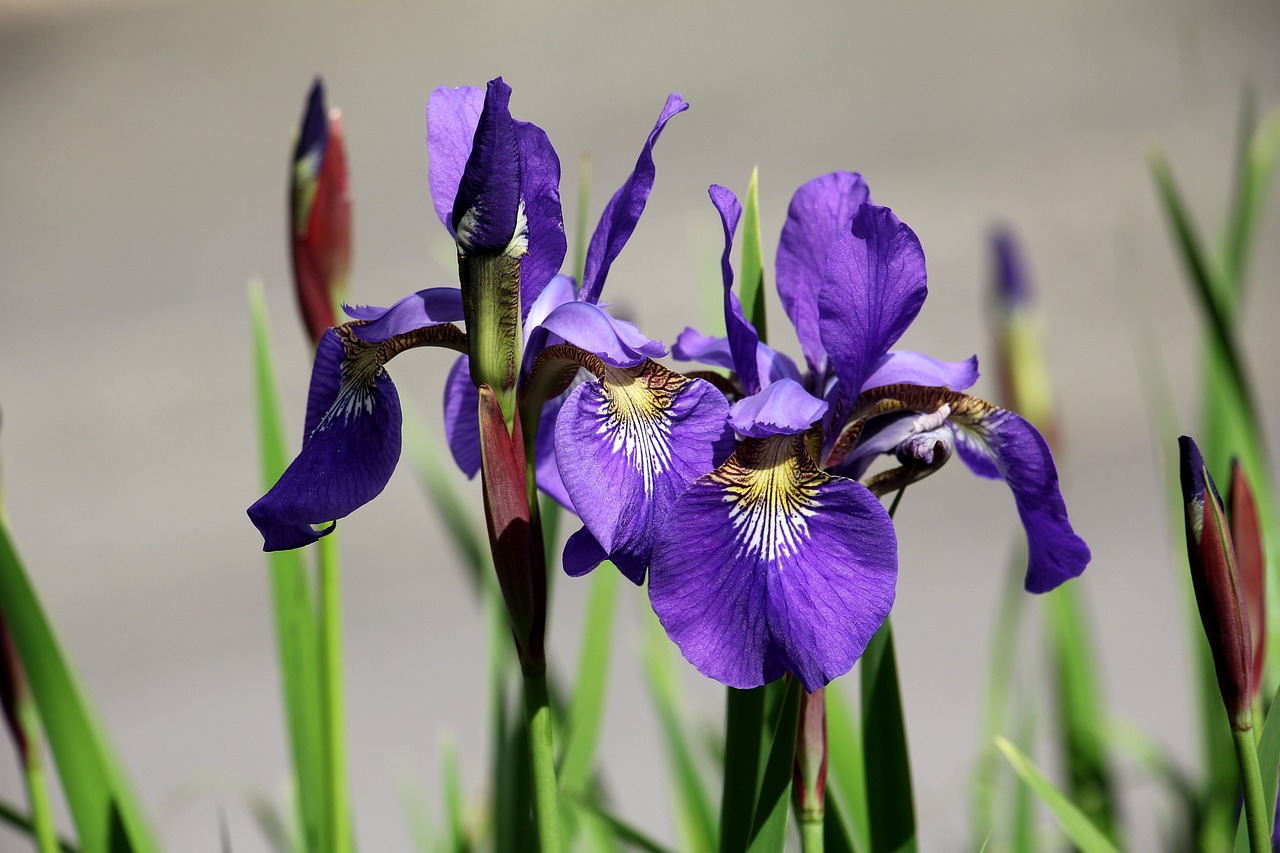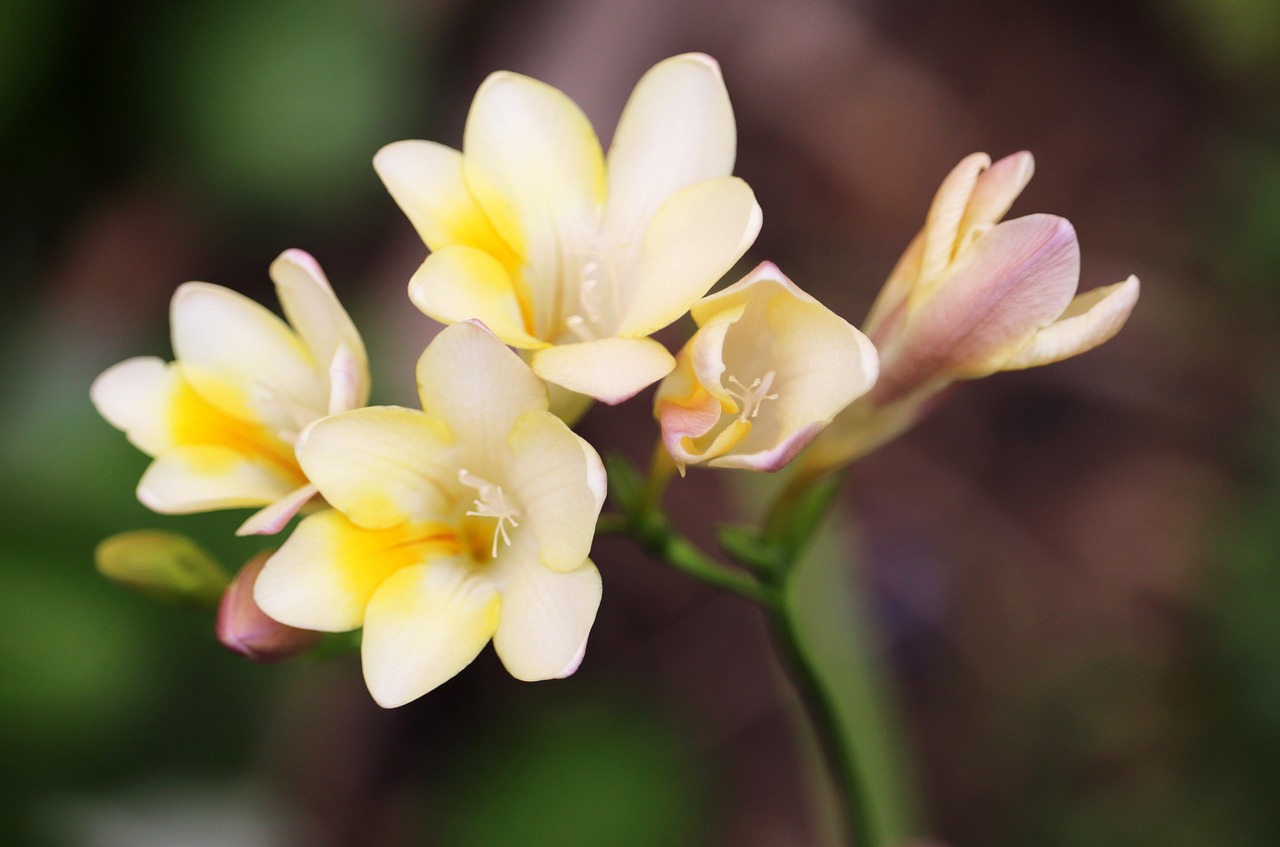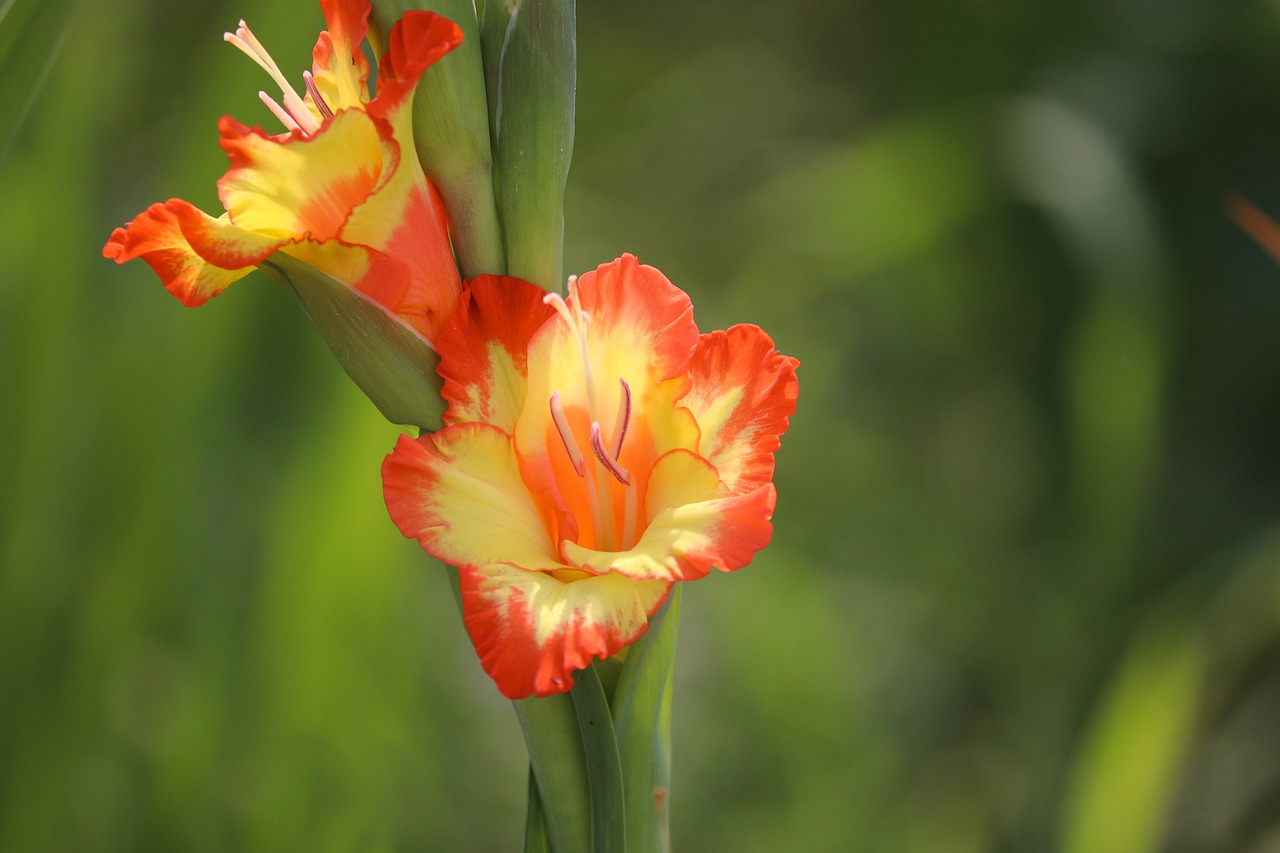Japanese Iris: Features and Care

The Japanese iris, or Hana-shobu, has been admired in Japan for centuries due to its graceful appearance and vibrant colors. It is especially known as a flower that blooms during the rainy season and is commonly used in gardens and parks.
In this article, I will delve into The Japanese iris’s basic information, cultural background, and gardening tips.
Basic Information
- Scientific name: Iris ensata var. ensata
- Family: Iridaceae
- Origin: Japan, China, Korea
- Appearance: The Japanese iris features long, slender upright leaves and large, open flowers. The flowers come in various colors, including purple, white, pink, and blue. The petals have a soft, wavy shape, often displaying vivid patterns at the center, making them visually striking.
- Blooming season: The blooming season is from early summer to the rainy season (June to July), where the beauty of the flowers is enhanced by the rain.
Cultural Significance
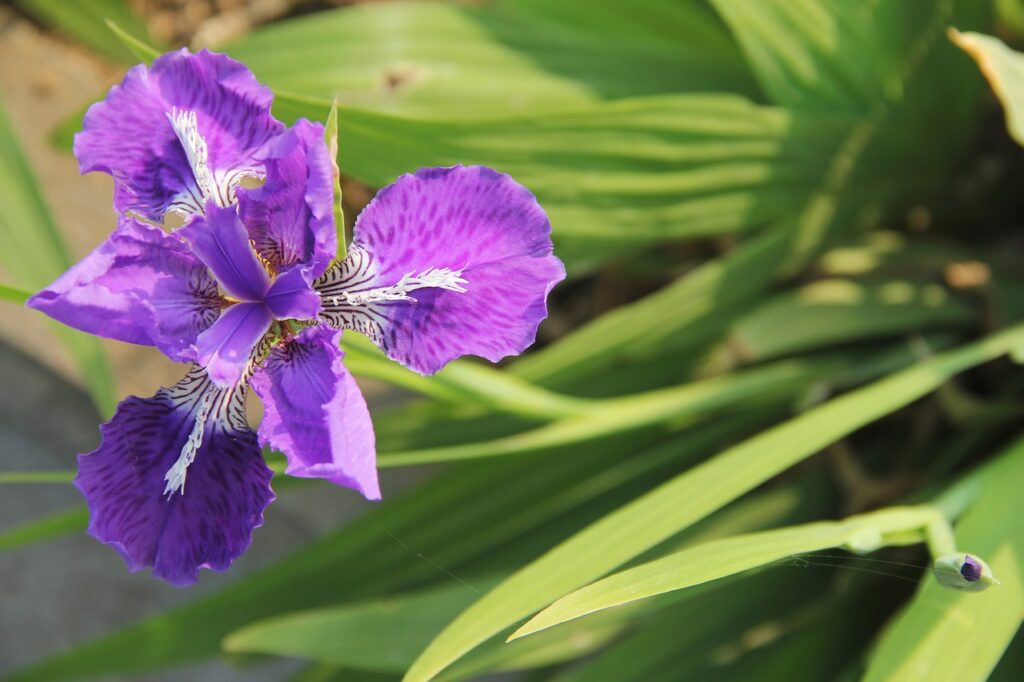
The Japanese iris holds a significant cultural role in Japan. Annual “Shobu Festivals” and “Iris Gardens” are celebrated across the country in June, attracting many visitors.
The iris symbolizes “Japanese elegance” and is often planted in traditional Japanese gardens and by water edges. In Japan, it is also associated with virtues such as “perseverance” and “grace.”
Outside Japan, the Japanese iris is known as a type of Iris and is cultivated for ornamental purposes in Europe and North America. It is especially popular for decorating wetlands and creating natural landscape aesthetics.
Historical Episodes
The cultivation of The Japanese iris flourished during Japan’s Edo period, where selective breeding led to the development of many stunning varieties. It became a part of the gardening boom in Edo, and many beautiful varieties were created and enjoyed by commoners. Notably, famous gardens like “Koishikawa Korakuen” and “Mukojima Hyakkaen” were known for their splendid iris displays.
The iris also held special meaning for the samurai class in Japan, symbolizing victory and bravery. This led to customs such as shobu-yu (bathing with iris leaves) and shobu-zake (iris sake), which are still observed during Japan’s annual Boys’ Day Festival (Tango no Sekku).
Gardening Advice
Cultivation Guide
The Japanese iris thrives in moist environments as it naturally grows in wetlands. When growing in your garden, it is best to plant it in well-drained yet moisture-retentive soil. If growing in a pot, ensure adequate watering to keep the soil from drying out. During the rainy season, it will naturally absorb rainwater and requires little attention.
This plant prefers bright, sunny locations, but avoid intense summer sunlight. A semi-shaded or humid area is ideal for its growth.
Environment and Growing Conditions
The Japanese iris prefers acidic soil. When planting in a garden or pot, mixing in peat moss or compost to adjust the soil’s acidity can improve its growth. Fertilizer should be applied regularly in spring, as it encourages healthy blooms during the growing season.
After flowering, pruning is recommended to promote new growth for the following season. Although the above-ground part may wither in winter, the roots remain alive, so it’s important to maintain the soil’s moisture during the dormant period.
Conclusion
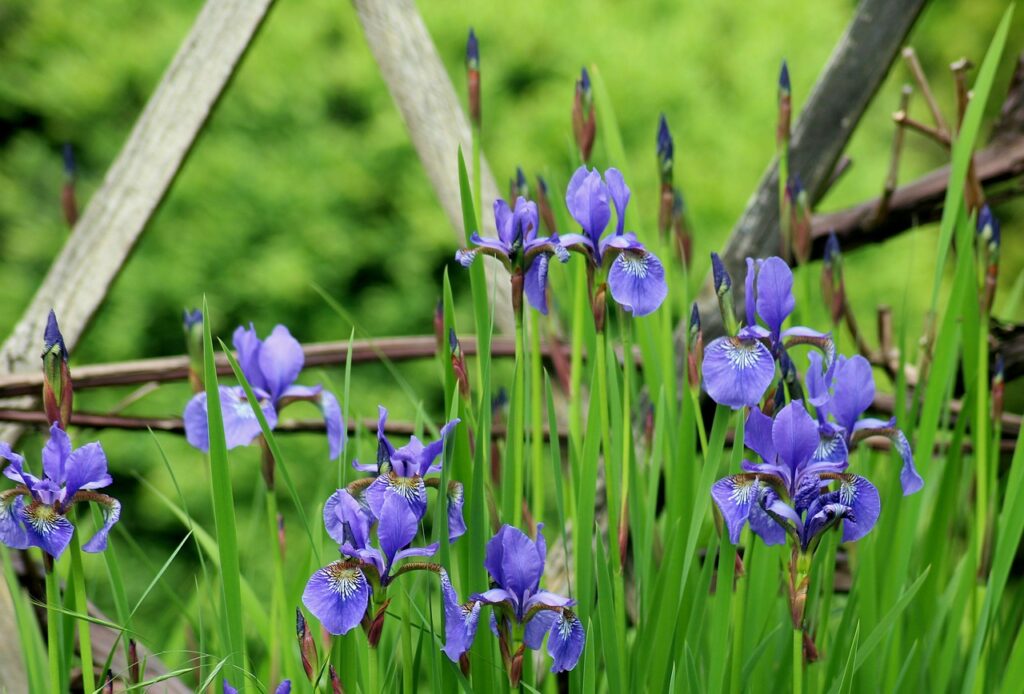
The Japanese iris is a flower deeply rooted in Japanese tradition. Its love for moisture and its bloom during the rainy season makes it a perfect symbol of Japan’s natural beauty. Cultivating the Japanese iris is relatively easy, and with the right conditions, it can bring graceful beauty to your garden year after year. Consider growing the Japanese iris in your own garden or balcony to enjoy its elegant charm.


